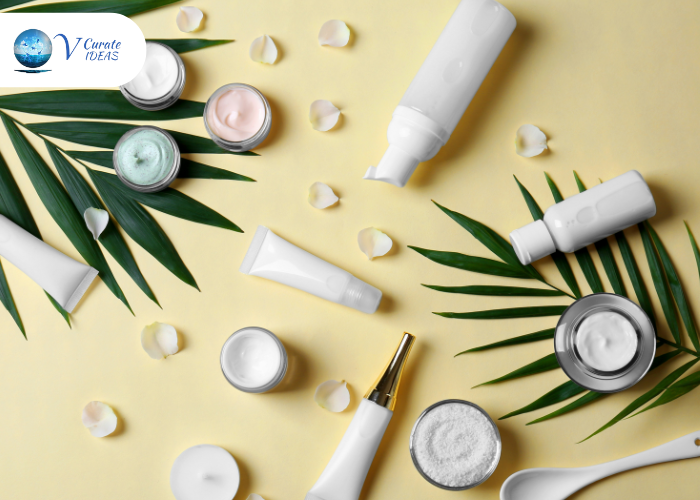Is thrifting true sustainability or just online show?
Thrift shopping once meant sustainability, but has it turned into a curated online aesthetic chasing likes and trends?

Skincare in 2025 isn’t just about hydration or anti-aging anymore — it’s about intelligent beauty. Brands are merging science and sustainability to deliver products that adapt to your skin’s unique needs. From biotech breakthroughs to AI-driven formulations, this year’s ingredient list is rewriting the rules of skincare.
Let’s explore the ingredients beauty experts and dermatologists can’t stop talking about in 2025.
1. Bio-Retinol: Nature’s Answer to Retinol
Retinol has long been the gold standard for anti-aging — but not everyone’s skin tolerates it. Enter bio-retinol, a plant-derived alternative (e.g. from algae or botanical sources) that seeks to deliver the same benefits with fewer side effects.
The bio-retinol market is forecasted to grow significantly in coming years, driven by demand for natural, sustainable skincare options.
One formulation study detailed a bio-retinol anti-wrinkle cream combining probiotic lysates and plant actives for better tolerability.
Bio-based retinol is also being promoted as a greener alternative, encouraging collagen synthesis while reducing irritation.
Because bio-retinol is still relatively new, formulations must carefully stabilize it (e.g. encapsulation, antioxidants) to maintain efficacy.
Fermentation is trending across beauty. Fermented extracts (of green tea, rice, algae) enhance bioavailability of nutrients, support the skin’s microbiome, and often require less synthetic preservatives.
Using fermented actives helps with:
Better absorption of vitamins and antioxidants
Supporting skin barrier resilience
Lowering preservative load
Some advanced bio-retinol formulas even combine probiotic lysates and fermented botanical matrices.
Peptides are nothing new, but the next generation is all about multi-chain, AI-customized peptide blends. These signal the skin to regenerate, firm, and heal. Some formulas are targeting pigmentation, collagen repair, and barrier function all in one.
While specific peer-reviewed literature is still emerging, biotech labs are working on tailoring peptide sequences to individual skin profiles.
Polyglutamic acid (also known as sodium polyglutamate) is making waves as a super humectant. Here’s what the research says:
Healthline overviews the uses and safety of PGA in skincare.
Paula’s Choice calls it a weightless, multifunctional hydrator suitable for daily use.
Compared with hyaluronic acid, some sources say PGA can bind 4× more water and form a hydration film that reduces water loss.
The INKEY List provides tips for using their PGA serum and explains its moisture-locking behavior.
Because PGA is newer in mainstream skincare, formulators often combine it with other humectants, occlusives, or actives for balanced hydration.
Niacinamide (vitamin B3) and ceramides are skincare staples. In 2025, many brands are releasing fusion formulas:
These hybrids aim to brighten (niacinamide) while reinforcing the barrier (ceramides) simultaneously.
They’re designed for all skin types — especially skin that’s dull, sensitive, or in need of repair.
Although I didn’t find a definitive academic link for fusion products in this draft, you can look for brand whitepapers or patents exploring these combined formulas.
Marine actives are surging thanks to their amino acid profiles, antioxidants, and anti-inflammatory properties.
Seaweeds, kelp, and derived marine peptides show promise in improving elasticity and calming irritation.
Some newer bio-retinol products leverage marine bioactives to enhance performance while staying within "clean beauty" narratives.
Sourcing sustainably is key to avoid overharvesting marine ecosystems.
Topical probiotics and prebiotics are becoming more common in 2025:
They aim to balance the skin microbiome, reduce sensitivity, and support barrier function.
Some advanced formulas include prebiotics (food for beneficial bacteria) to enhance longevity of probiotic strains in formulation.
Again, peer-reviewed literature is still emerging — this is a trend to watch carefully.
The beauty of 2025 lies in the blend of innovation and nature. The future of skincare is about personalization — knowing your skin, understanding its ecosystem, and choosing ingredients that support it holistically. Whether you’re team bio-retinol or a peptide enthusiast, the goal remains the same: healthy, radiant, and resilient skin.